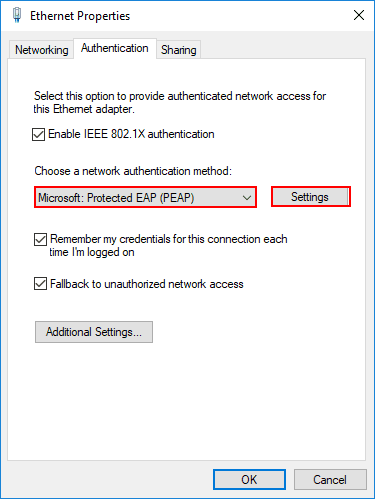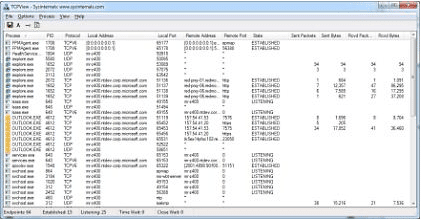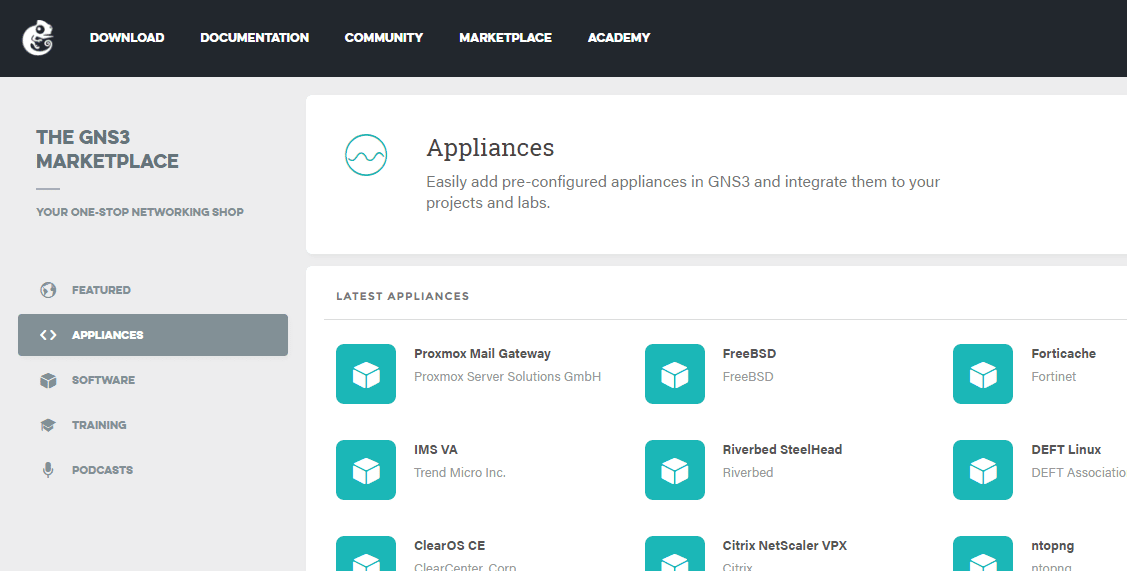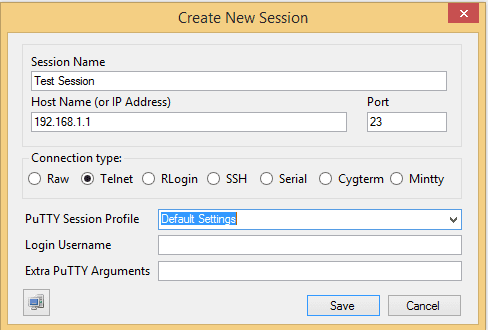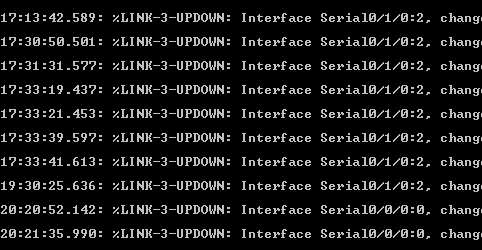
If you are a network admin or if you are simply an IT professional with occasional or even frequent dealings with Cisco equipment specifically routers, you will probably need to know the below commands. They are the basic commands to get a router up and running with an IP address, adding a route, copying configs, etc.
Setting the hostname:
- Enter config t
- hostname %hostname%
Setting an IP Address:
- config t
- interface vlan 1
- ip address 192.168.1.1 255.255.255.0
- no shutdown
Adding a route:
- conf t
- ip route 10.10.20.0 255.255.255.0 192.168.100.1
Preventing IP Domain lookup
- Must be in configt mode
- Issue the command no ip domain-lookup
Backing up or copying over router configs using a TFTP server
- copy start tftp
- address or name of remote host []? Type in your IP
- Destination filename [some-file-confg]? Either change this or confirm
Setting Passwords
- config t, enablesecret %password%
- telnet – config t, int line vty 0 15
- password %password%
- console – int line console 0
- password %password%
VLAN Stuff
In the Cisco world, there are a couple of different types of ports that equate to other vlan terminology
- access port – this equates to an “untagged” port on other switches
- trunk port – tagged port – carries traffic from multiple vlans and allows connecting to other edge switches
- show vlan – shows vlan database
- interface vlan 100 – creates a vlan with number 100




